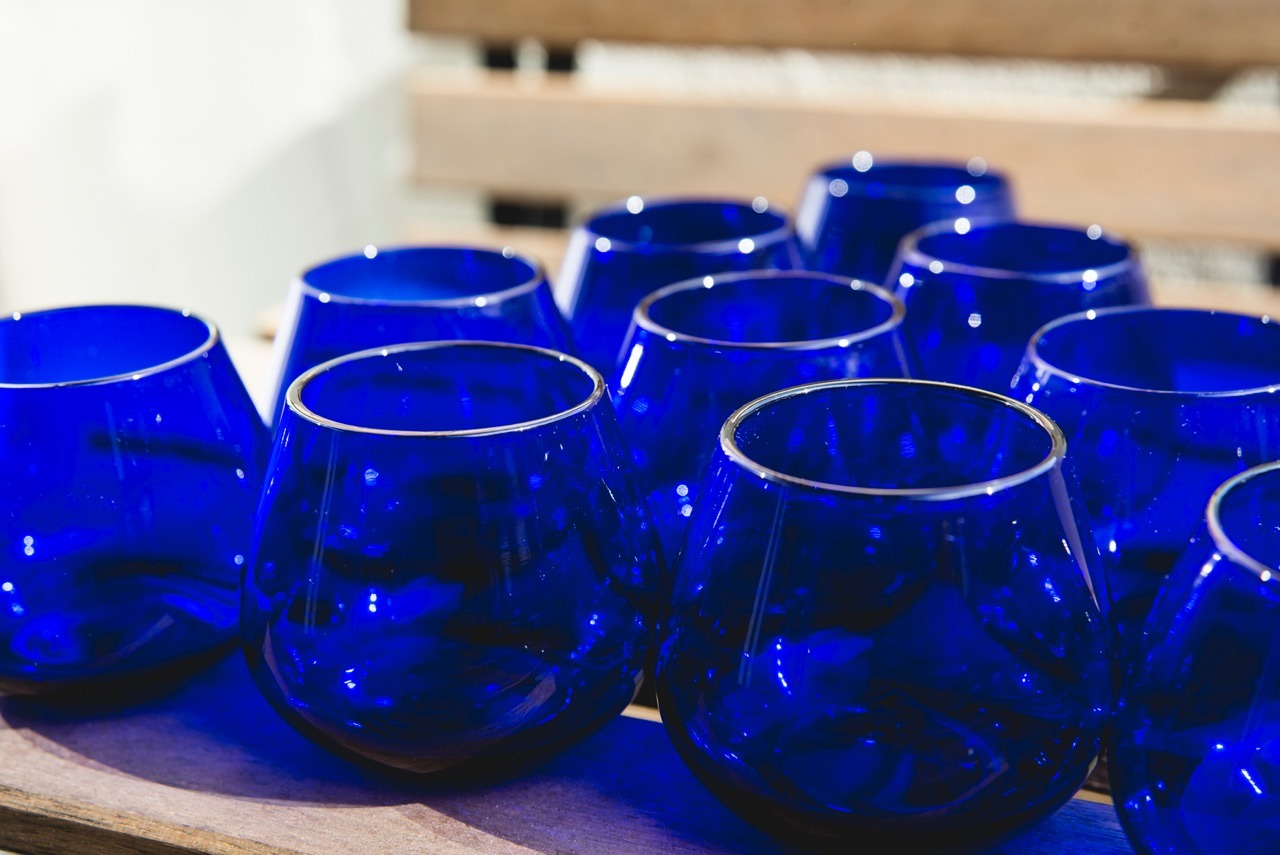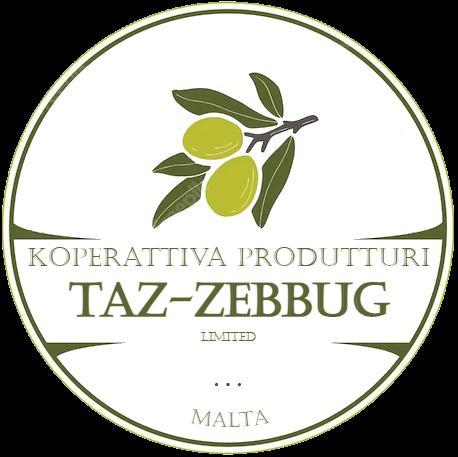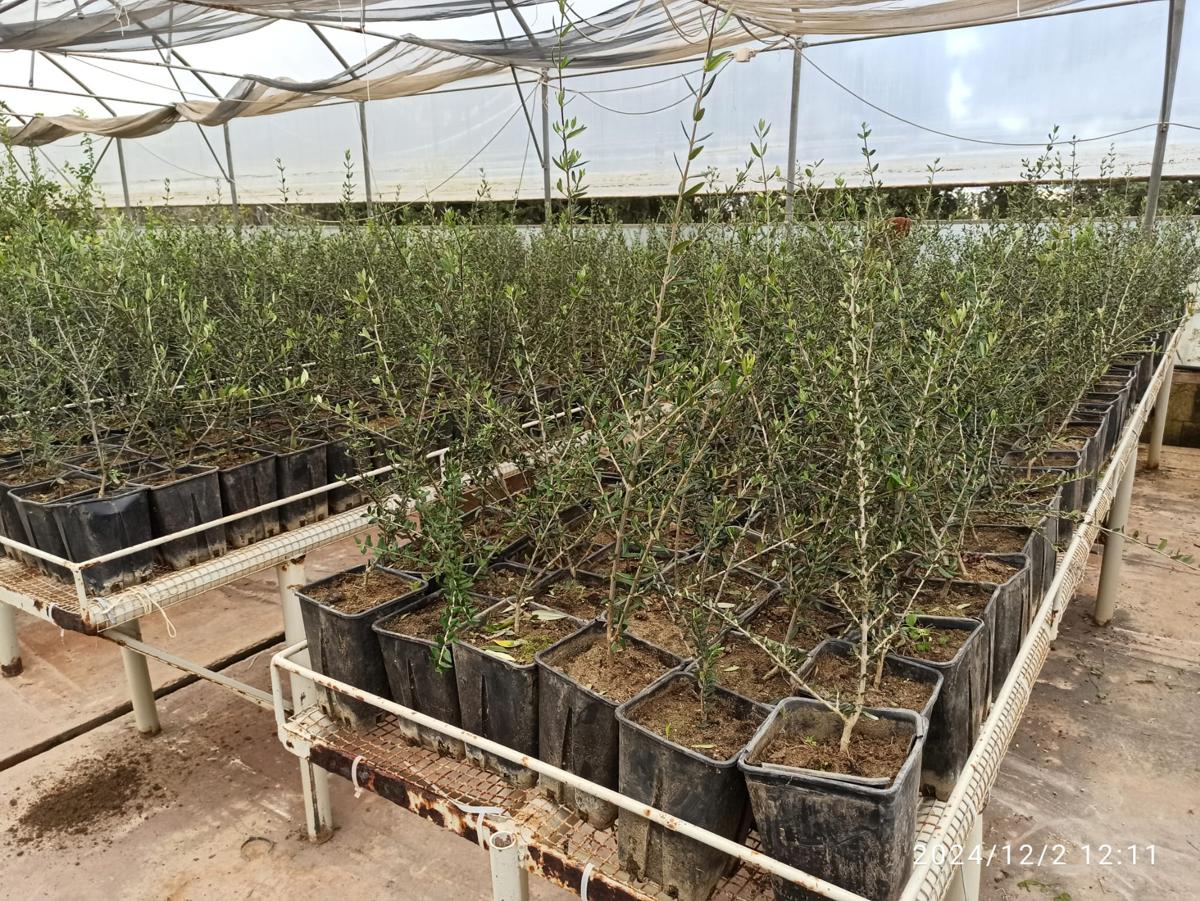
Olive Oil Tasting
Feb. 13, 2024
Tasting: how to recognize the aromas of olive oil
Drops of oil: Marco Antonucci's column
How can you recognize the aromas of olive oil? Oil tasting is a discipline like tea or wine tasting, and as such uses common and codified statistical techniques and methods throughout the world, to offer reliable, repeatable, reliable and complete measurement and representation . To do this, trained tasters are used who use different types of cards, from the official one of the International Olive Council which is used in product classification throughout the world where the organization is recognized to those of olive oil competitions, which often describe the harmony of an oil, to that of the industry, which can be useful for codifying and cataloging the oils which will subsequently be mixed according to the customer's requests. The cards are many and very different from each other, but they all have a large space in which to indicate the defects, because the most important part of the analysis is dedicated to them: the world of tasting pays the utmost attention to this category of aromas, since they contribute decisively to defining the product classification of oils.
How do you "smell" the oil?
First of all, pour the quantity of oil contained in a soup spoon into the special tasting glass called Tulip , which is cobalt blue in colour. This gesture immediately makes it clear that hearing, touch and sight will not be needed for tasting. Since the tulip glass is difficult to find on the market and is mainly used in official tasting sessions, a small plastic coffee glass can be used .
Once in the glass, first heat the oil with the heat of your hand, taking care to cover the glass with the other hand (in professional tasting panels a thermostated electric heater and a suitable glass lid are used); this is to prevent the aromas of the oil from escaping, which unlike wine are not carried by alcohol, but are evaporated by the heat provided.
You rotate the glass in the palm of your hand: the rubbing heats the contents by friction. When no temperature differences are felt between the hand and the container, the analysis can begin (the tasting temperature is set by law at 28°). He approaches and moves away several times and slowly holds the glass to his nose, inhaling. This procedure is essential to avoid habituation: if you started to smell without ever removing the glass from your nose, after a short time you would no longer smell anything (as happens when you are inside a stable and after a few minutes you no longer you can no longer smell the unpleasant and intense odor perceived upon entering).
The sense of smell can capture a large amount of information in the aroma of the oil; However, it is important to have a good "olfactory memory" to give a name to perfumes: those who do not know, for example, the scent of almonds, artichokes or mowed grass will not be able to recognize these scents often present in oil.
I remember that smell is not a physical quantity: chemical substances do not have their own odor. The smell exists in relation to the receptors located inside our nose which react differently depending on the molecule with which they come into contact: each molecule activates the corresponding receptor which sends a particular electrical signal to the brain where it is sorted, codified and interpreted.
If there is no interpretation of the electrical signal in the brain we feel the smell but we cannot give it a name and above all it does not stimulate emotions in us.
What does the oil smell like?
Extra virgin olive oil is pressed from olives and therefore, like orange juice, it must recall the scent of healthy, fresh or ripe fruit and must bring to mind the olive just picked from the plant. This simple definition would be enough to universally describe the scent of extra virgin olive oil.
When is the scent positive?
Even if it is not entirely correct, it can be reasonably stated, to make a very simple, understandable and coherent distinction, that fresh aromas and flavors are positive and therefore can be considered advantages for extra virgin olive oil, while dry aromas and flavors correspond to defects.
Flowers, freshly cut grass, flowering aromatic herbs are positive scents, while dry straw and hay are defects; the fresh bark, the leaf detached from the tree, the sap are qualities; dry or toasted wood, dry leaves are negative scents; the green almond is certainly positive, while the dried peanut is a defect.
How many and what types of perfume are there in extra virgin olive oil?
First of all, the fruitiness is perceived on the nose, that is, the combination of all the typical olfactory sensations of the oil, which can be classified into three large classes: light fruity, medium fruity, intense fruity. The fruitiness is then defined as green or ripe, depending on whether it is more reminiscent of an unripe or ripe and otherwise healthy olive.
Obviously the classification is defined by a trained panel of tasters. Simplifying a lot we can reasonably state that the scents of the oil can be divided into four groups.
White Fruit
These are the scents that recall banana, green or yellow apple, lemon leaf, green almond, in shell, sweet or bitter, peach, sometimes even guava, passion fruit, mango, avocado and tropical fruit in general.
Land
In this category we find flowers, fresh or mowed grass, medicinal herbs, green leaves, eucalyptus, green sap, berries, olive leaves rubbed between the hands, that is, how much fresh we can found in meadow and woodland terrain.
Vegetable garden
Everything we can pick when entering a vegetable garden: peas in pods, tomato leaves, green or ripe tomatoes, lettuce, artichoke, thistle, pepper, rocket, rosemary, turnip greens, marjoram, aromatic herbs, basil, thyme.
Spices
In a minimal part of oils we can perceive fresh pepper, walnut husk, fresh tobacco leaf, balsamic hints. In some non-European oils there are hints of cinnamon.
Finally, making a differentiation by region - remaining in Italy, which is the home of olive biodiversity - it can be stated that in northern oils it is easier to find aromas of fresh almond, apple, banana, banana peel, lemon leaf, pear ; in the oils of the center the sensations of thistle, artichoke, chicory, rocket, grass, flowers, chamomile are recurrent, sometimes combined with notes that recall the fruits of the undergrowth; in southern oils, aromatic herbs, tomato leaves, mown grass and tropical fruit are often found.







